
Appendicitis - sounds like one of those emergency-room things no one thinks about until it hits. But it’s more common than you’d guess. It starts when the appendix, a small organ near your large intestine, gets blocked and inflamed. Left untreated, it can rupture - and that’s where things get serious.
This blog unpacks what is appendicitis, the early warning signs, major causes, and what treatment looks like. Whether you’re revising for physiology or just wondering why lower-right belly pain isn’t going away - this guide has you covered in a clear, student-friendly way.
Appendicitis is a condition where the appendix - a small, tube-shaped pouch attached to the beginning of the large intestine - becomes swollen and inflamed. It’s often caused by a blockage inside the appendix, which leads to a build-up of bacteria, infection, and eventually pus.
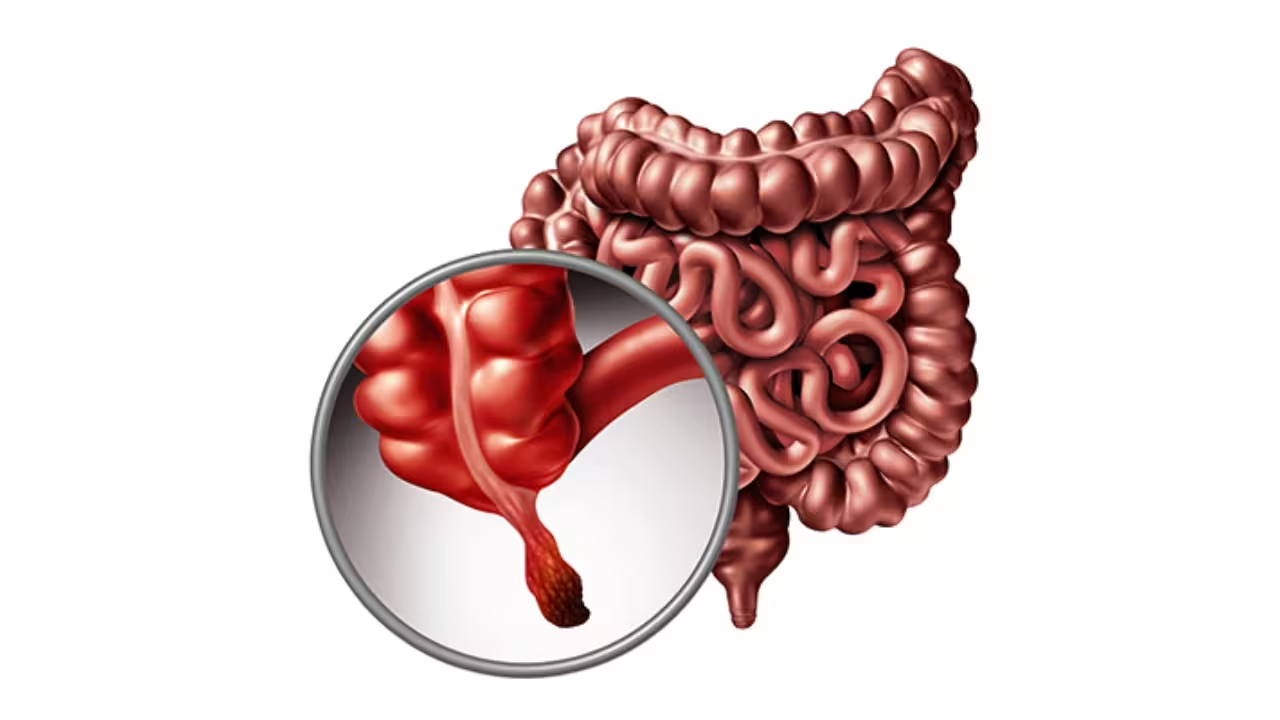
The appendix itself doesn’t serve any major purpose in the body, but when it gets infected, it can cause severe pain and health risks. If left untreated, the inflamed appendix can burst (rupture), spilling infected material into the abdominal cavity - a life-threatening condition known as peritonitis.
There are two types of appendicitis:
The most effective solution is surgical removal of the appendix - a procedure known as an appendectomy. It’s safe, widely performed, and prevents any future risk since the body functions just fine without the appendix.
So, what actually causes that tiny worm-shaped organ to go rogue and start hurting like crazy? Appendicitis usually kicks in when something blocks the opening of the appendix. That blockage leads to swelling, bacterial buildup, and eventually, a painful infection.
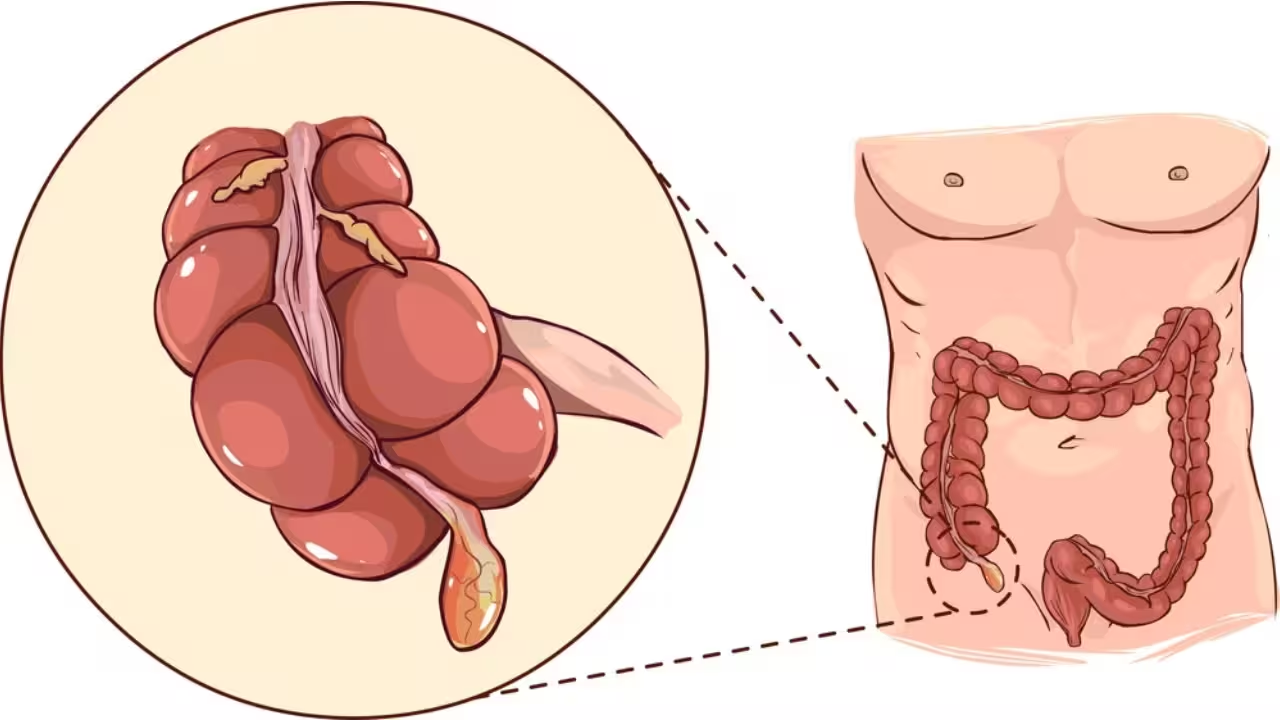
Once the opening is blocked, bacteria multiply super fast inside. That turns the appendix into a swollen, pus-filled pocket - and that’s what causes all the pain, nausea, and urgency to get to the hospital.
Also, a low-fiber diet over time may indirectly increase your risk, since it can cause constipation and slower bowel movements - making blockage more likely. So yeah, fiber isn’t just about digestion; it might just save you from a trip to the ER!
Appendicitis pain can feel sneaky at first. You might think it’s just gas, bloating, or something you ate - but the symptoms get worse, fast. Knowing the early warning signs can actually help you catch it before things get serious.
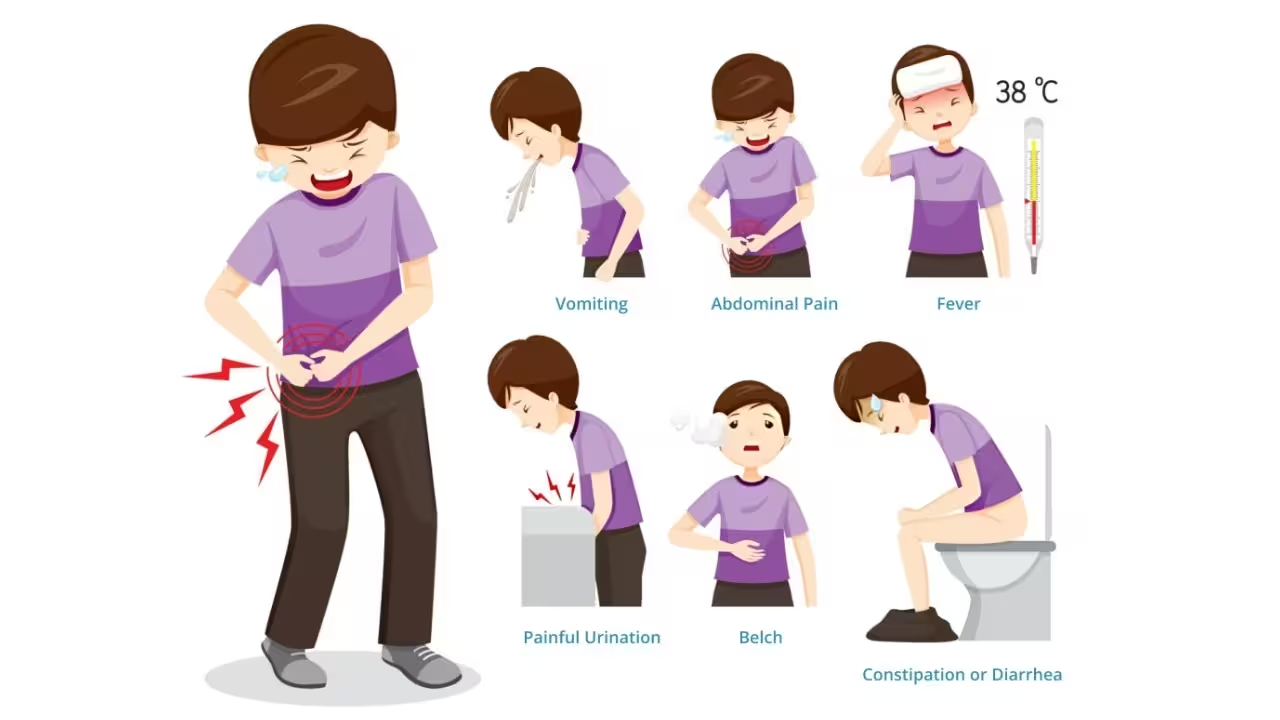
Other possible symptoms include diarrhea, constipation, or even pain while urinating (if the appendix is near the bladder).
Important: If the pain keeps increasing and lasts more than a few hours, it’s not something to wait on. Appendicitis can turn into a medical emergency if the appendix bursts - and that’s way more dangerous.
Appendicitis doesn’t stay silent for long. Once it starts, things can get serious fast - usually within 24 to 48 hours. That’s why timing is everything.
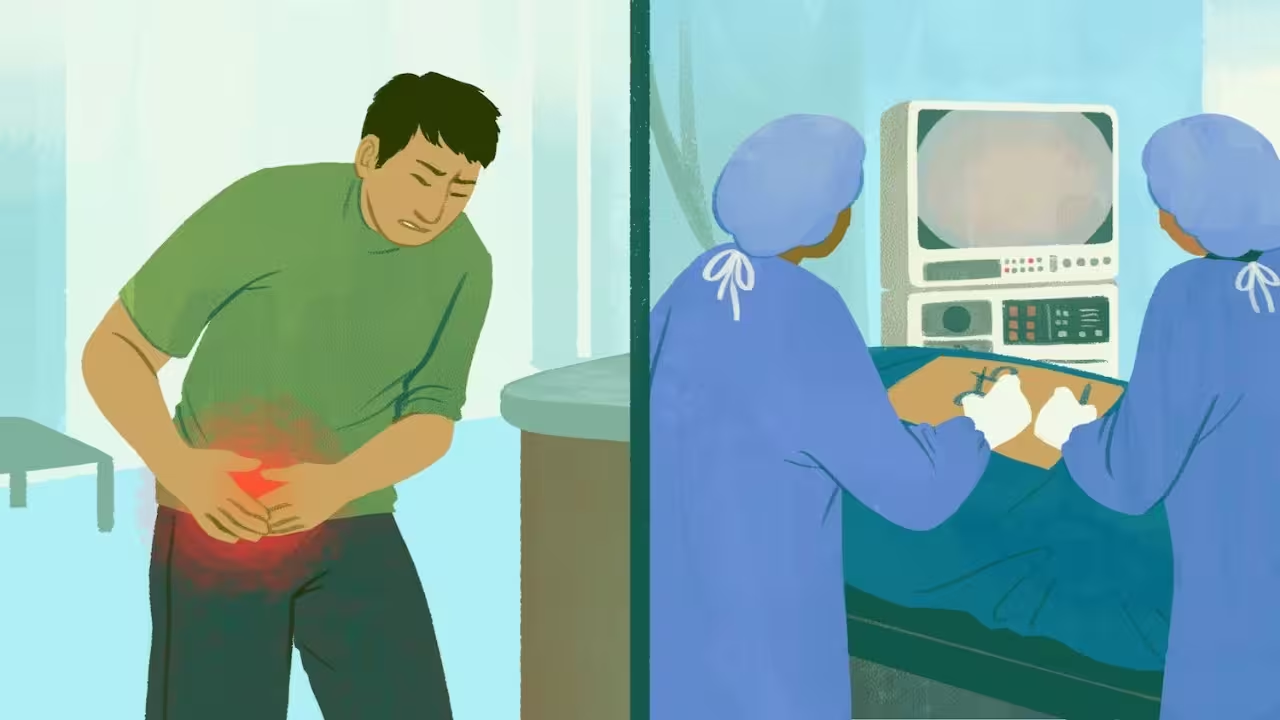
At first, you might just feel a dull pain near your belly button. It’s mild, confusing, and easy to ignore. But then, the pain shifts to the lower right side of your abdomen and starts getting sharp, steady, and hard to bear.
Here’s how it usually progresses:
If it bursts, it can cause peritonitis (a life-threatening infection) or an abscess - both needing emergency surgery.
So, if someone has stomach pain that keeps getting worse and spreads downward, don’t wait it out. Appendicitis moves quickly, and delays can be dangerous.
Doctors don’t rely on just one thing to confirm appendicitis - it’s more like putting together a puzzle. Since the symptoms can sometimes mimic food poisoning, period cramps, or even a UTI, a detailed diagnosis is important before jumping into treatment.
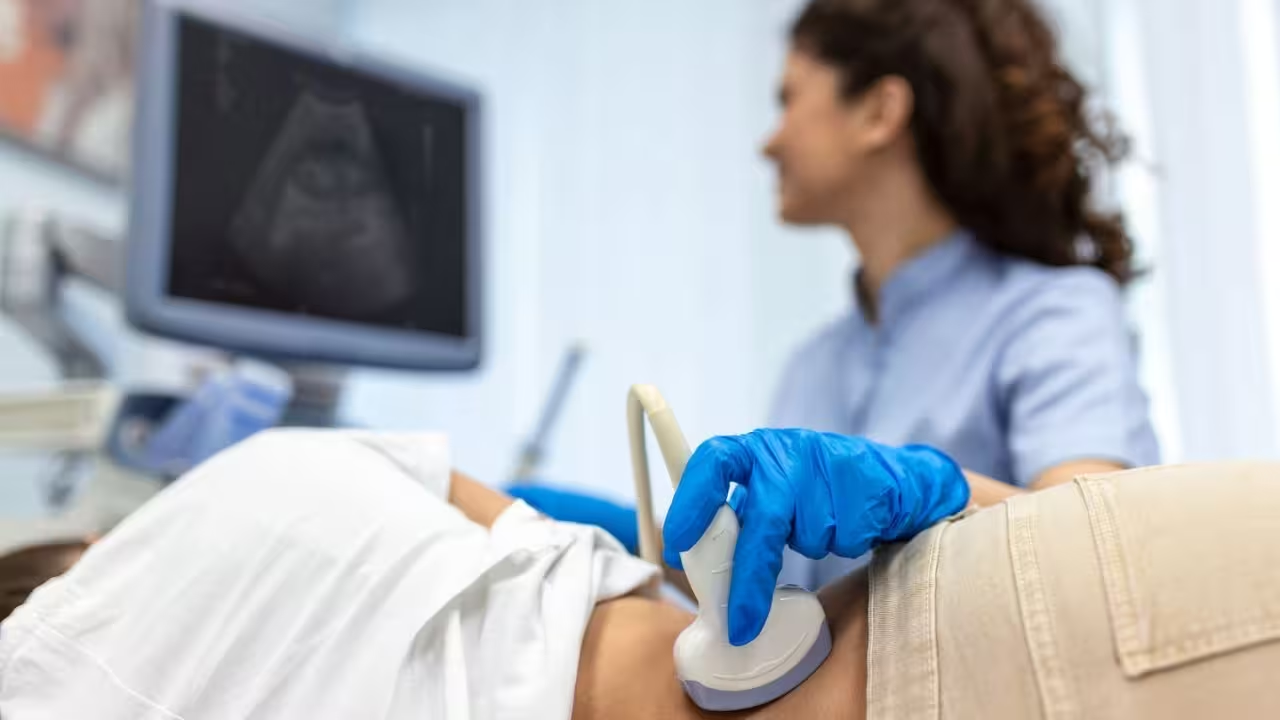
The doctor presses on your lower right abdomen to check for tenderness, pain, or muscle stiffness. Rebound pain (pain when pressure is released) is a key sign.
You’ll be asked about common signs - like whether the pain started near your belly button and moved to the right, if you're feeling nauseous, vomiting, running a mild fever, or having trouble eating.
A high white blood cell count usually indicates your body is fighting an infection — which supports the suspicion of appendicitis.
This helps rule out other problems like a urinary tract infection or kidney stones, which can have similar symptoms.
Doctors usually order an ultrasound or CT scan. These show whether the appendix is swollen or inflamed, and can help confirm the diagnosis before surgery.
If appendicitis is confirmed, treatment often begins immediately to avoid complications. Sometimes, surgery is recommended even if it’s not 100% confirmed, just to be safe.
If you’re diagnosed with appendicitis, the most common treatment is surgery. It’s called an appendectomy, and it involves removing the inflamed appendix before it bursts.

There are two types of surgeries:
Before surgery, doctors usually give IV fluids and antibiotics to control any infection and prepare your body.
In very rare cases, if the symptoms are super mild and caught very early, doctors might try to treat it with antibiotics first. But most people still need surgery eventually to avoid future flare-ups. After the surgery, you’ll get pain relief and more antibiotics to help your body heal.
Most people stay in the hospital for 1 to 2 days if everything goes smoothly. Recovery takes about 1-2 weeks for laparoscopic surgery and a bit more if it was an open one.
Quick treatment is really important if you wait too long and can cause complications, so doctors act fast for a reason.
Ignoring appendicitis might seem harmless at first, especially if the pain goes away. But that’s actually when things can take a serious turn.
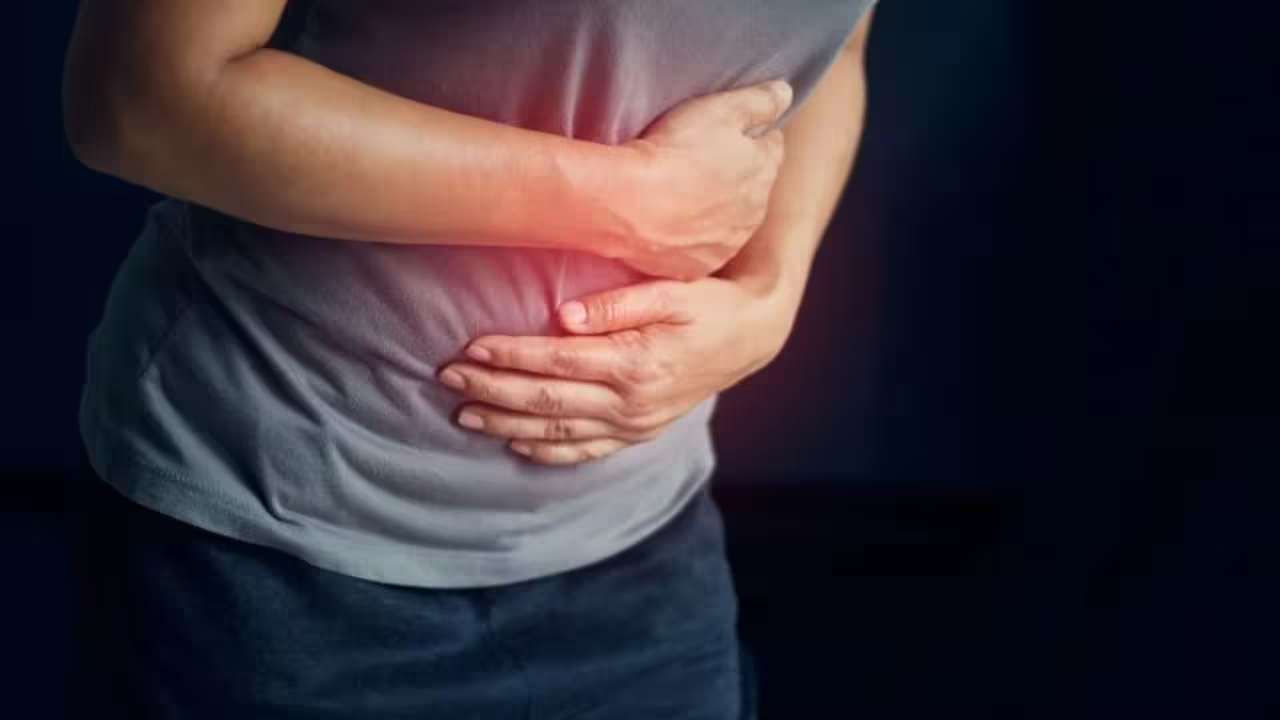
Bottom line: Delaying treatment can lead to longer hospital stays, more complications, and a tougher recovery. If symptoms match, get it checked ASAP.
Once your appendix is out, the recovery part begins - and don’t worry, it’s usually pretty simple if you follow a few basics. Here's how the whole thing plays out:

Call your doctor if you notice:
Okay, real talk - there’s no 100% way to stop appendicitis, but there are a few simple habits that can lower your risk. It mostly comes down to what you eat and how your gut behaves.

To sum it up: You can’t totally prevent appendicitis, but keeping your stomach happy with a high-fiber diet, lots of water, and regular habits makes a big difference.
